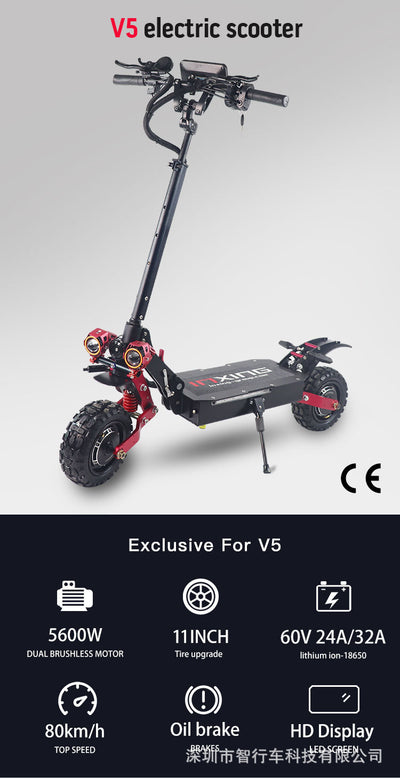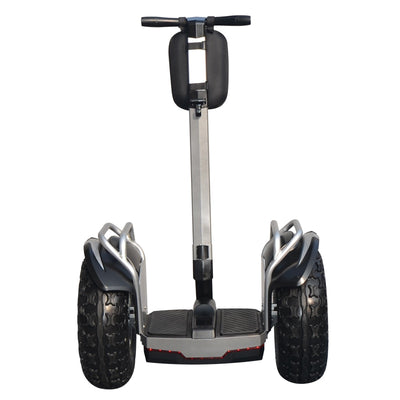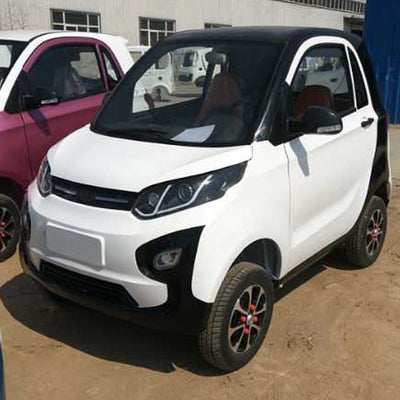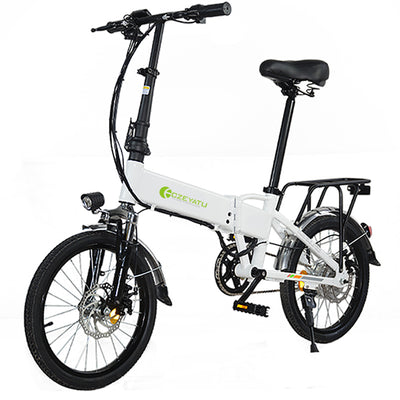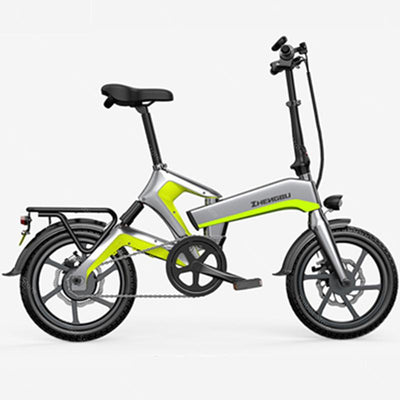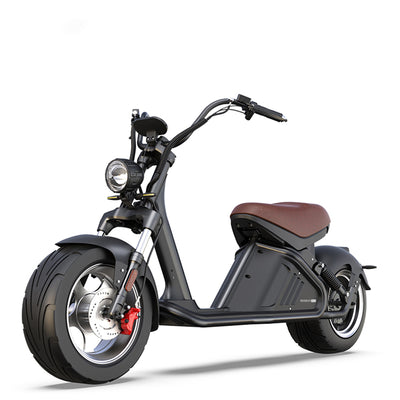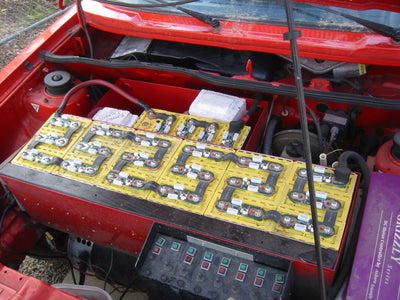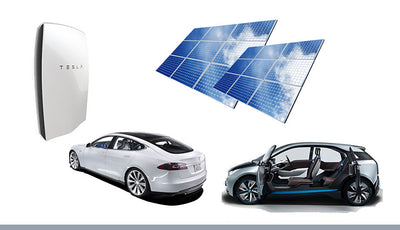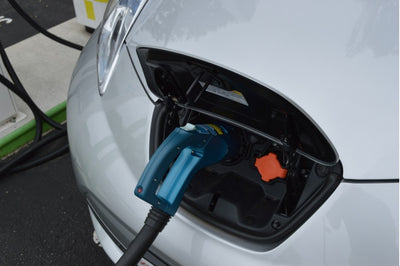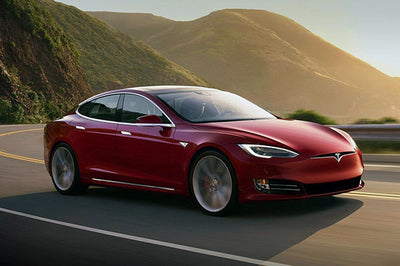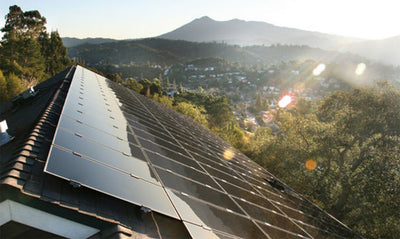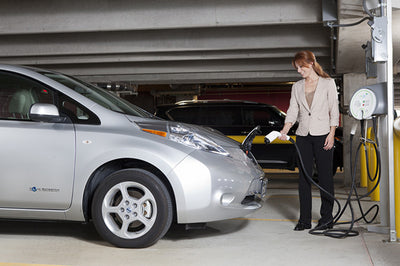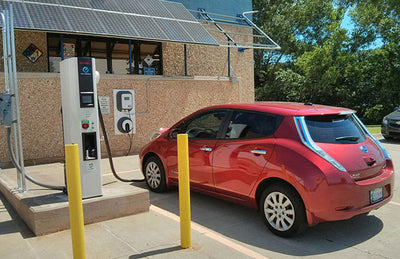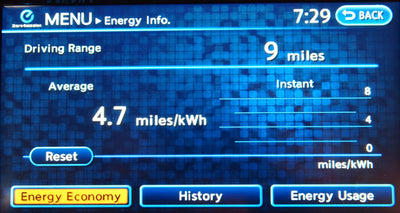Buying Your First Home EV Charger
Posted by Tom Lee on
By Brad Bermant
It may surprise EV newbies to learn that an electric car’s charger is found on board the vehicle. The charger is not the thing on the wall, but rather the equipment buried in the guts of the car that takes an AC source of juice from your house, and converts it to DC—so your car’s battery pack can be charged.
This fact doesn’t stop nearly everybody from calling the wall-mounted box that supplies 240 volts of electricity a “charger.” That box, cord, and plug have a technical name—Electric Vehicle Service Equipment or EVSE—and if you have an EV, you’re going to want to install one at home.
So, it’s slightly misleading to say we’re providing guidance about chargers because we’re really talking about buying an EVSE—which is essentially no more than an electrical device allowing drivers to safely connect an electric car to a 240-volt source of electricity. It’s not rocket science, and you should not overthink the selection and installation of an EVSE.
That said, there are important differences between the various home chargers (uh, I mean EVSEs). And there are a few best practices to keep in mind.

An AeroVironment installer goes to work on a home unit. (AeroVironment photo)
Cost
The consensus among experienced EV drivers is that a capable and durable EVSE will cost around $500 to $700. You could spend a little bit less, or twice as much, but that’s the ballpark. This does not include installation. Read on to see which key features—such as portability and connectivity—can send the price higher, or can be avoided to reduce the cost.
Amperage Capacity
You should buy an EVSE that can handle at least 30 amps. The rule of thumb is that 30-amp service will roughly give you the ability to add 30 miles of range in an hour—just as 15 amps will add about 15 miles in an hour of charging. (These range numbers are somewhat optimistic.)
Keep in mind that most plug-in hybrids (and the Nissan LEAF prior to the 2013 model) don’t take full advantage of the faster rate. That’s okay. It’s still wise to have the capacity to charge at least at the 30-amp level, even if your current car can't fully utilize the higher amperage, so you don’t have to upgrade in a few years if/when you buy a new EV that has a faster onboard charger. Also, it’s nice to allow friends with faster-charging EVs to get a full charge from your garage.
Note: A 30-amp EVSE will need a circuit breaker rated for at least 40 amps.
Length of Charging Cable, and EVSE Location
Before you buy an EVSE, imagine where your electric car will be parked. Think about the ideal location for this piece of equipment. Now measure the distance between where the EVSE will hang on your wall, and where the charging port is on your car. Cables usually run from approximately 15 to 25 feet. Make sure your cord can easily reach where it needs to go and think about its length for a potential second plug-in car in your driveway or garage.
Depending on where you locate your EVSE, an electrician might have to run just a few feet of conduit—or dozens of feet. Longer copper runs will add installation cost, but because you’ll charge almost every night, you want it to be as convenient as possible.
Portability
If it’s possible, don’t permanently install your EVSE. In other words, have an electrician install a NEMA 14-50 outlet or something similar (types of outlets used for things like clothes dryers). Then put a matching plug on a pigtail mounted to your EVSE. You can then mount your EVSE right next to the outlet, and simply plug it in. If the time comes when you move or decide to relocate your EVSE, simply unplug it—and plug it back into another NEMA 14-50 outlet.
This approach costs the same as a hard-wire installation and makes the device instantly moveable without additional expense. If your EVSE is outside—because maybe you don’t have a garage—then local code might require that you hard-wire the charging equipment. Otherwise, keep your options open.
Connectivity
In this age of smartphones, smart grids, smart this and smart that, you might feel compelled to buy a Wi-Fi-enabled EVSE. That might not be so smart after all. While these fancier products sound cool because they have timers, meters, touchscreens and capabilities for monitoring and changing charging events over the web, most long-time EV drivers believe that connectivity adds unnecessary complexity as well as cost. In some cases, when connectivity is lost, the EVSE can shut down. Besides, many of these remotely controllable features are available directly on the car, or from mobile applications. So, the smart money is on dumb but durable EVSEs.
If tracking electricity usage of your EV (for work or tax purposes) is an absolute must, you'll want to either meter your charging separately or keep your eye open for add-on devices that perform this function via integration with the smart grid.
Popular Choices for EVSEs
Okay, we’re finally ready to talk about specific EVSEs. There are at least a dozen different manufacturers, but we won’t cover all of them in detail. Instead, we’ll focus on the EVSEs most highly recommended by the EV intelligentsia. We’ll also briefly mention a few others worth considering.




